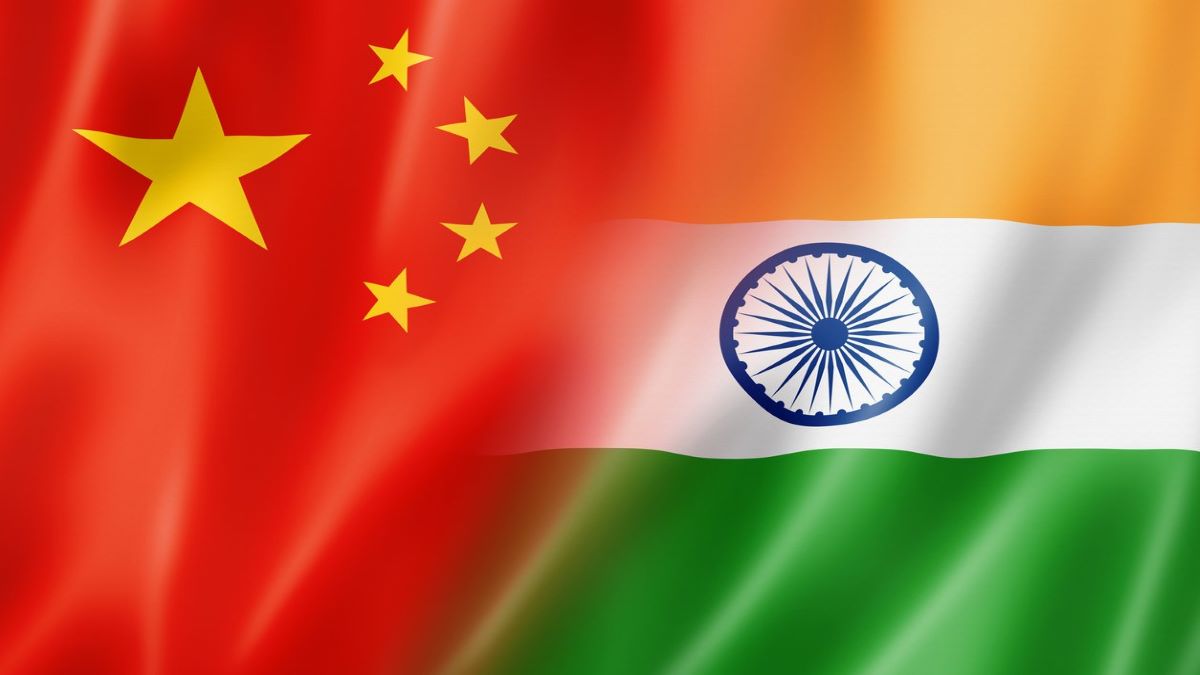There is some positive news on the India-China economic front—that of a reduction in the trade deficit between the two countries. China’s exports to India fell by 0.9% in the first half of the year, amounting to $56.53 billion, when it was $57.51 billion last year. The trade deficit decreased from $67.08 billion to $47.04 billion, which is a substantial drop of around $20 billion. Let’s hope that this trend picks up pace and hastens the process of India’s decoupling from China. Interestingly, the latest words doing the rounds of western capitals are “derisking” and “diversifying”, and not “decoupling”, proving that for at least some western countries the worry is about the loss of money, and not the existential threat that China poses to them. But then more than the West, it is India, particularly since the Galwan Valley clash of 2020, which has been more serious about standing up to China. In fact, the latest case in point is the Indian refusal of Chinese electric vehicle maker BYD’s $1 billion investment over fears of security. This has had the Chinese rattled, with the communist mouthpiece, Global Times complaining that cutting out China from the automobile sector would be a loss for India. The country would now “lag behind in global automotive manufacturing” and that “BYD’s halting investment decision also reflects the rising disappointment of Chinese companies toward the investment environment in India”, claims the Communist newspaper. In the same vein it asserts that India wanting Indians on the boards of Chinese companies manufacturing mobiles on Indian territory amounts to “suppression of Chinese companies… which will only further damage India’s image and reputation, and deter foreign investors”.
This is an explicit threat—asking India to fall in line or else face exile from the world’s industrial landscape. This also exposes a fundamental lack of understanding of how democracies think. It seems that communist autocracies believe in resorting to juvenile muscle-flexing, forgetting that what may work with a bankrupt Russia or a failing Pakistan, will not work with a rising India. The problem is that the Chinese Communists want India-China relations in silos, where it will be business as usual in bilateral ties, even though soldiers from the two sides stand eyeball to eyeball along the Line of Actual Control. The fundamental problem is the PRC’s refusal to acknowledge the nature of the beast—the aggression and totalitarianism that is at the heart of its system, wanting to rewrite the world in Chinese Communist characteristics.
In the regular doublespeak that the Chinese indulge in, we were told post the meeting between NSA Ajit Doval and China’s Wang Yi on the sidelines of the BRICS NSAs’ meeting in South Africa that India had promised to work with China to settle the border question in the spirit of “mutual understanding and mutual cooperation”. There was no mention of the fact that Mr Doval had stated, according to the Ministry of External Affairs, that the situation along the LAC since 2020 “had eroded strategic trust and the public and political basis of the relationship”. The Chinese readout also mentioned that Prime Minister Narendra Modi and Xi Jinping, in November 2022, when they met in Bali, had spoken of the need to normalise relations. The fact is, there was no official bilateral meeting between the two leaders. At the most there would have been a handshake or two. Even if there was talk of peace, the Chinese undermined it by issuing stapled visas to Indian athletes from Arunachal Pradesh, as a result of which the entire Indian wushu team pulled out of the World University Games in China. When Arunachal is a sticking point, when the whole of LAC is a sticking point, with the Chinese refusing to yield even an inch to India, where is the scope for peace between the two countries? Peace between India and China is imperative, but where is peace when China continues to build dual-use infrastructure along the LAC at a frenetic pace? China’s new normal along the LAC is anything but normal as far as India is concerned. How can there be peace with a neighbour who always has war on its mind?
Additionally, the problems between India and Communist China are too deep rooted in history, shaped by too many adversarial actions on the part of China, for the relations to settle into a state of even uneasy peace. Absence of war is not peace, and that is what India-China relations have come to signify.
Amidst this, a strange narrative is being sought to be built by a section of some Western think-tanks and the media—that it is not the India and the US, but India and China that are natural partners, and what happens if India and China join hands against the US. In other words, India cannot be trusted to side with the US or stand up to China. This is strange, given that it is only India that is standing up to China, literally, 24X7, 365 days a year, all along the 3,000-plus kilometres of the LAC. This scaremongering could have been inspired by the Chinese themselves, given the influence operations that they have been conducting among western academics and journalists. Even if it is not “inspired”, the objective is the same—to ensure that India and US partnership fails, all the more reason why this partnership must succeed. There is no peace with China until it reforms itself from within. But a system that is ruthless and opaque enough to disappear some of its own—Jack Ma and Qin Gang—in this day and age, is not reforming anytime soon.

















